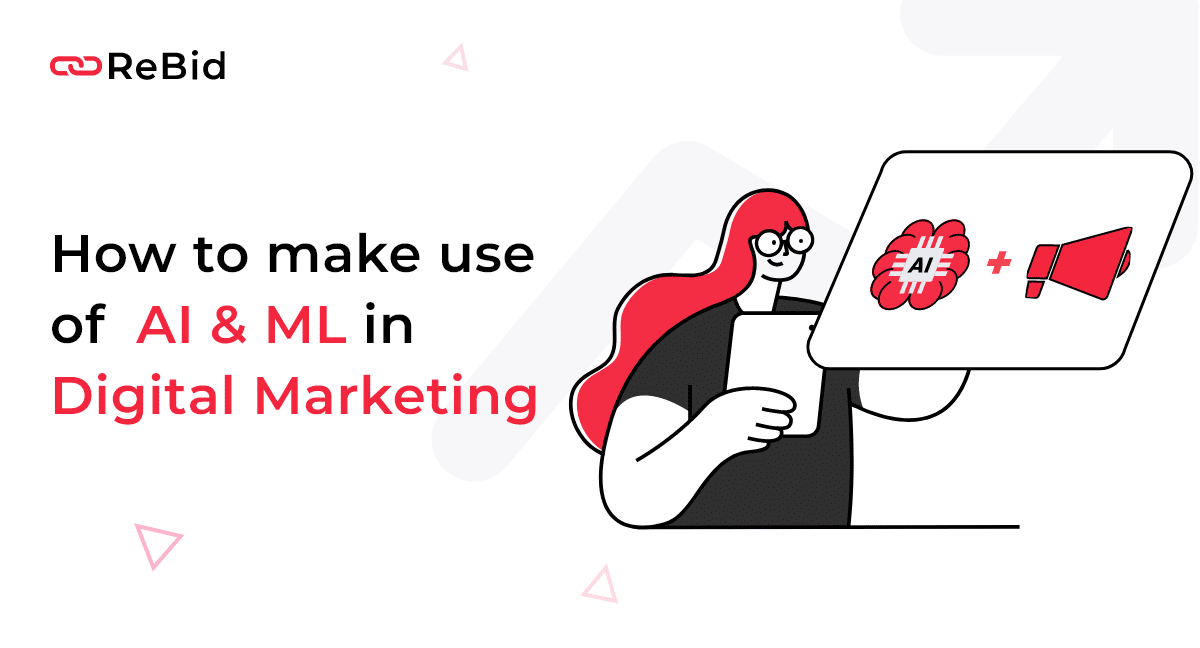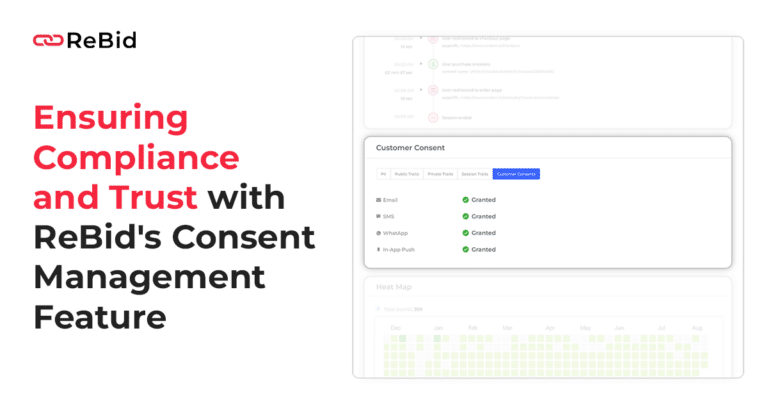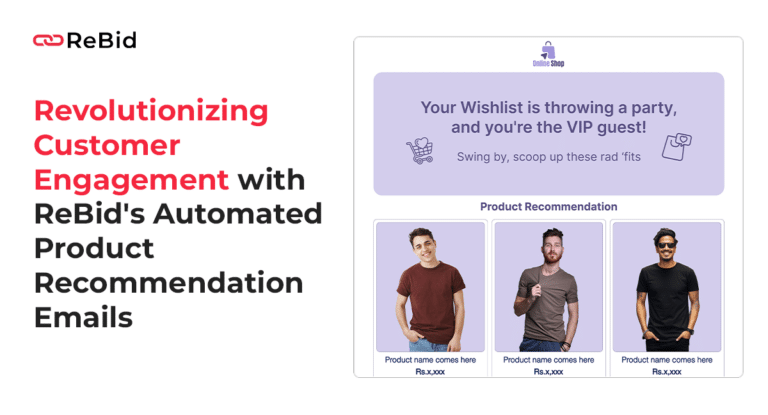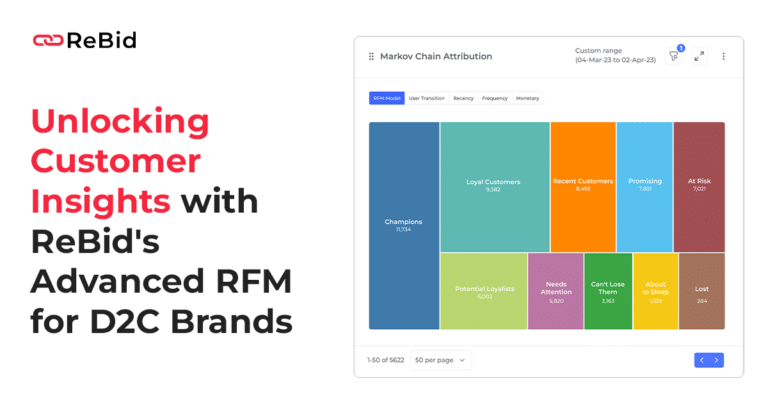AI is changing the world as we know it. We will go so far as to say that among all business functions, marketing is the one that stands to gain the most from AI implementation.
After all, some of the core tasks in marketing include –
- Getting a better handle on customer needs and preferences
- Aligning product and service messaging, creative, and advertising platforms with these needs and preferences
- Persuading consumers to hit that buy button
And, with its inherent data capabilities, AI can dramatically improve the processes behind these tasks.
Specifically, in the digital ecosystem, the importance of AI in marketing and advertising cannot be overstated.
It is little surprise then that AI implementation in marketing went from 29% in 2018 to a staggering 84% in 2020. In today’s blog, we talk all about AI in the marketing and advertising ecosystem.
AI in marketing – key use cases
Every day, marketers and advertisers make critical, data-driven decisions more quickly with the help of AI-based marketing platforms. Through rapid data collection and analysis, AI can even make quick tactical decisions that would take us, humans, far more time and effort.
AI-based martech platforms can empower marketing teams with quick, effective, and real-time:
- Data analysis
- Economic and consumer trend analysis
- Media buying
- Creative optimization
- Messaging hyper-personalization
- Effective campaign measurement and ROI analysis
Essentially, AI is helping marketers augment their often lean marketing teams to perform tasks that don’t require human creativity at scale. As a result, marketers and AI are working as digital twins today, achieving extraordinary results through this machine-human collaboration.
AI benefits in digital advertising
With the marketing and advertising ecosystem and its consumers becoming increasingly digital, AI is significantly impacting digital advertising.
Some of these benefits include –
- An astute 360-degree customer view
With the help of AI-based solutions, digital marketers are getting a holistic view of their customers. Invariably, they view their customers’ online behaviors across touchpoints. With these insights, brands have the opportunity to align their digital advertising strategies, messaging, platforms, and creatives with their customers’ preferences and attitudes in the digital world.
- Segmentation
With its ability to condense large volumes of data, AI delivers easy and effective segmentation for your customer cohorts. It analyzes your customer behavior data points to find commonalities, helping build customer segments that help you scale your digital advertising’s reach and impact.
- Real-time personalization
Ah, personalization! The holy grail of all advertising and marketing strategies. With AI’s analytical and predictive capabilities, many modern Martech platforms now offer marketers a real-time way to personalize their digital messaging and creatives.
An actionable guide to kick-start AI in marketing and advertising in just 3 steps
Although each marketing organization is unique, there are universal best practices that all marketers can follow to successfully and effectively implement AI within their functions.
Over at ReBid, we spoke to hundreds of marketers to understand their key concerns and goals for AI implementation. Based on their responses, success factors, and success stories, we have devised best practices that need to be part of AI implementation planning across marketing organizations.
Step 1: Plan AI implementation goals and KPIs
First, decide what you want to achieve with AI in marketing. Without goals, your AI implementation will be fragmented at beat. As a result, you will not be able to leverage AI’s true potential in addressing your marketing challenges and making your decisions more data-backed.
We recommend defining measurement and KPIs to gauge the success of AI in marketing and advertising. It is also essential that your team is aligned on these parameters. For example, some KPIs for AI in advertising include increasing conversion rate by a specific percentage, decreasing ad spends, and enhancing marketing ROI.
Step 2: Set data privacy protocols
We hear you, marketers! A lot of print space talks about ethical AI and the data privacy problems with AI implementation. So, it is only natural that inadvertently crossing the lines of privacy laws keeps marketers stuck in legacy tech stacks, and they don’t explore AI despite all its benefits.
Therefore, you must work with a sound tech stack partner who understands privacy protocols across geographies. They should be able to ensure that their platform addresses these laws and assuages your concerns. Understand your platform partners’ privacy posture before you invest in them.
Build trust with your customers with one of the most privacy-compliant martech partners, ReBid.
Step 3: Define vital data sources
AI requires large amounts of data to produce precise inputs for your advertising decisions. Examples of data sources are:
- CRM system
- Automated marketing tools
- Email delivery platform
- Automated workflow system
- Website logs
- Social analytics
A sound tech stack partner will be able to consolidate all of these data points to ensure that you always have holistic insights at hand for decision-making.
How to pick the right AI platform partner
In general, this is the hardest part of AI implementation in marketing and advertising. However, once you have your three steps in order as explained above, the decision comes easy! All you need is a platform partner that delivers on –
- Your unique goals and KPIs
- Sound data privacy protocols
- Consolidating the data sources that are most critical to your business
We’ll tell you this. Your AI implementation strategy should not ask you to reinvent the wheel. No matter what they tell you, you don’t really need AI and data engineering experts in your marketing team just to use the technology well.
Platforms like ReBid address many of these skill gaps with simple UX and one-click reporting capabilities. In fact, ReBid is the world’s first unified marketing and advertising AI automation platform. In addition, it leverages the powers of MadTech (MarTech and AdTech) to enhance ROAS for marketers and agencies.
So, what are you waiting for? Finally, your AI partner for marketing and advertising is here.





